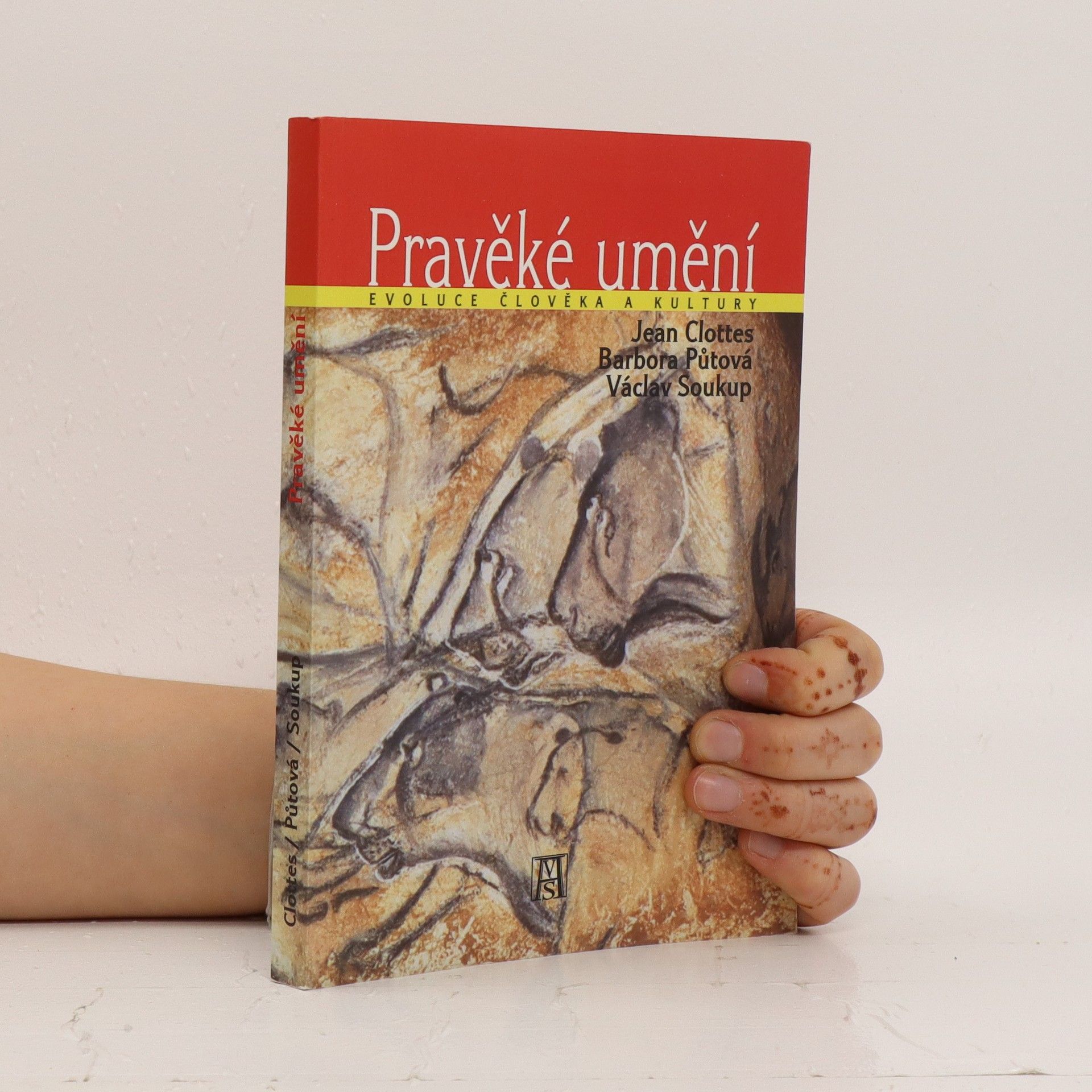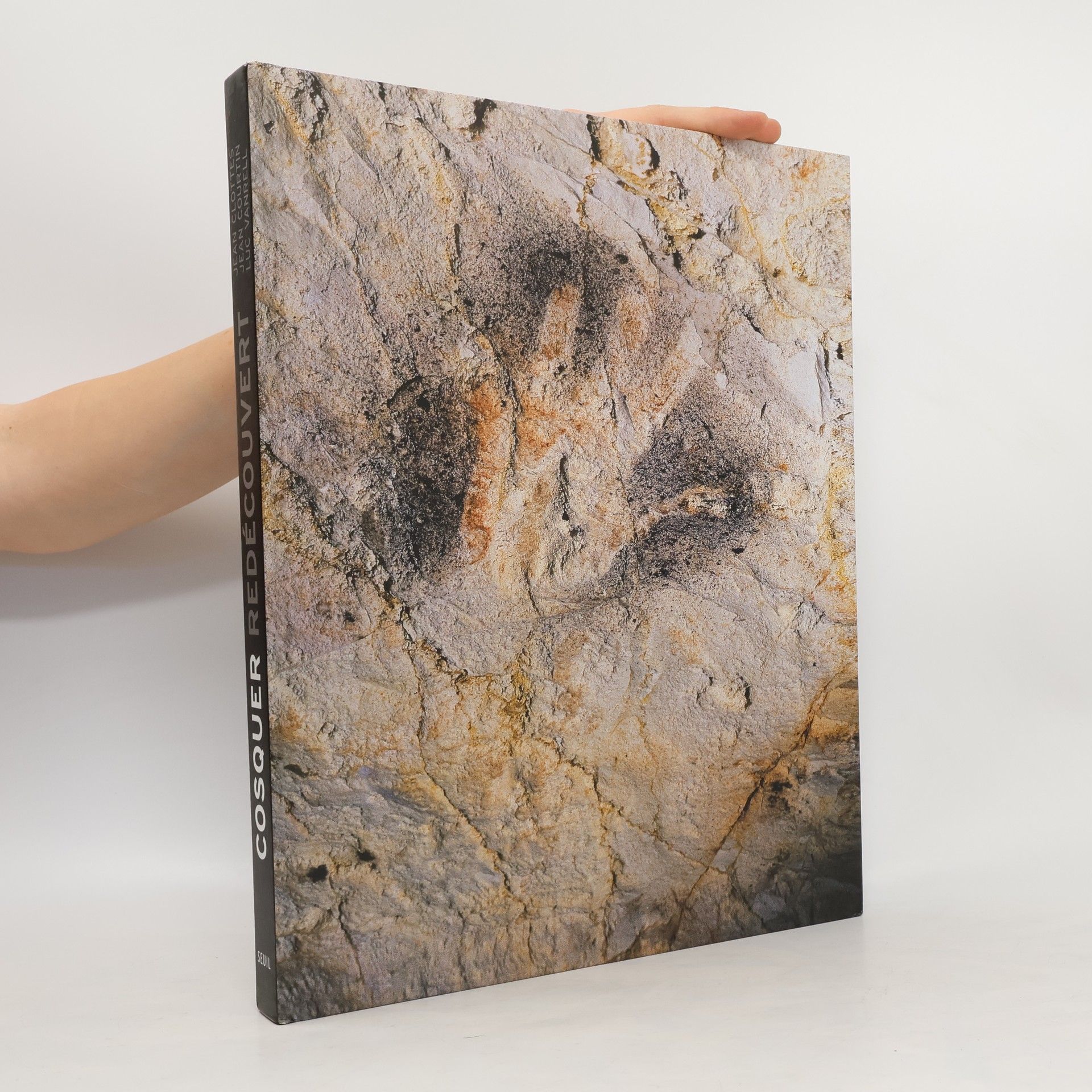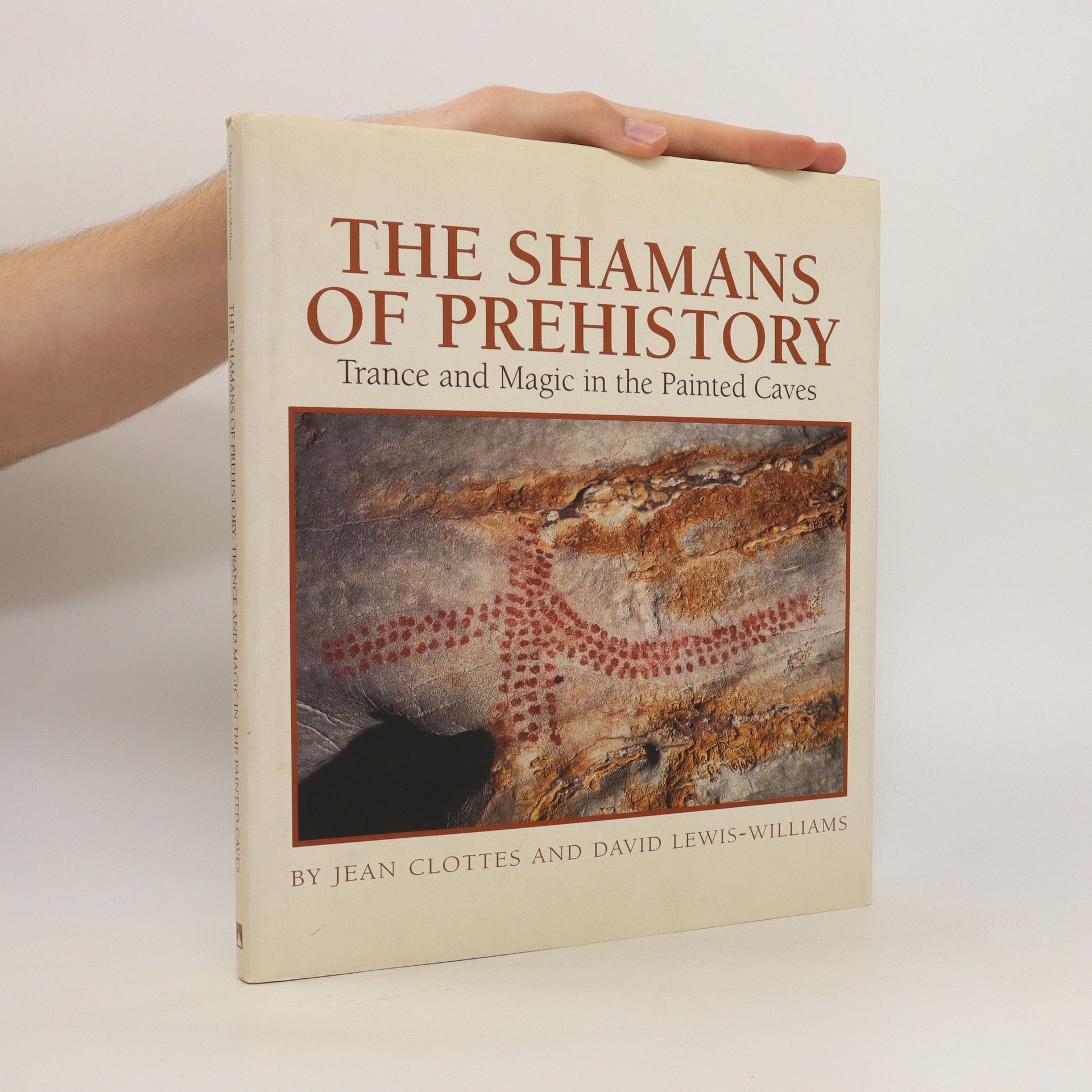Pravěké umění : evoluce člověka a kultury
- 265 pages
- 10 hours of reading
Kniha Pravěké umění je společným dílem světově proslulého francouzského prehistorika Jeana Clottese a českých vědců – historičky umění a kulturoložky Barbory Půtové a antropologa a kulturologa Václava Soukupa. Cílem této práce je synteticky z mezioborové perspektivy popsat a analyzovat genezi lidské tvořivosti v kontextu evoluce člověka a kultury. Zvláštní pozornost je věnována vzniku a vývojovým proměnám kultur mladého paleolitu (aurignacien, gravettien, solutréen, magdalénien) na území pravěké Evropy. Autoři knihy holisticky a komparativně analyzují jak materiální technologie a kamenné industrie mladého paleolitu, tak projevy umělecké kreativity na úrovni pravěkých plastik, skulptur, rytin, kreseb a jeskynních maleb. Jedná se o práci, která vznikla na základě dlouhodobé spolupráce autorů s předními evropskými prehistoriky, antropology a archeology.




